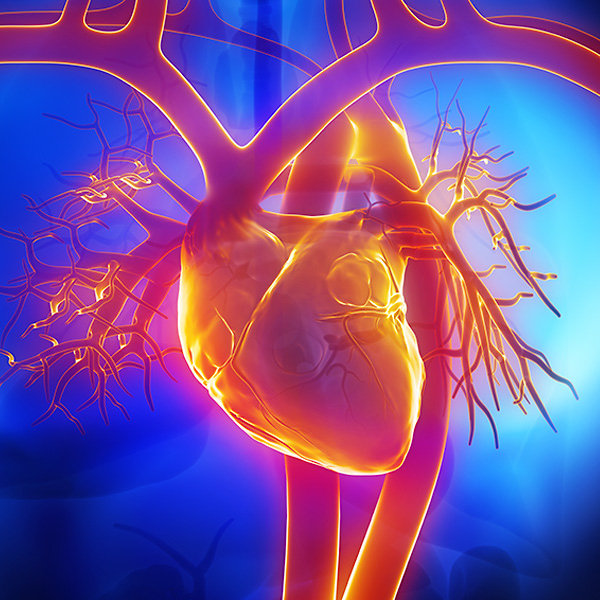Ebstein's Anomaly
Overview and Facts about Ebstein’s Anomaly
Ebstein’s anomaly is a heart condition resulting from a malformed heart valve. Healthy valves open and close to keep blood flowing in the right direction; if a valve doesn’t work correctly, it might not close completely. Blood can then leak back into other chambers of the heart, causing the heart to work less efficiently. Over time, certain areas of the heart can become enlarged or weakened.
Ebstein’s anomaly is a congenital heart defect, meaning that it is present at birth. It represents less than 1% of congenital heart defects: Fewer than 1 in 20,000 babies are born with Ebstein’s anomaly.
The condition is often linked to atrial septal defect (ASD), a small hole in the wall between the two upper chambers of the heart.
Signs and Symptoms of Ebstein’s Anomaly
Severe congenital heart defects are often diagnosed at birth or during infancy. An obstetrician can sometimes detect heart problems during a prenatal ultrasound. In other cases, the defect might go unnoticed until adulthood.
Common symptoms of Ebstein’s anomaly include:
- Bluish tint to the skin
- Shortness of breath
- Fatigue
- Chest pain
- Arrhythmia
People with Ebstein’s anomaly might notice that they become winded or tired easily. While exercising, they might have trouble catching their breath or notice a remarkably rapid heart rate.
Causes and Risk Factors of Ebstein’s Anomaly
Ebstein’s anomaly develops when the baby is still in the womb. During the first few months of pregnancy, the fetus grows rapidly. Sometimes, certain organs fail to develop correctly. There is usually not a specific cause for Ebstein’s anomaly. The defect can occur at random.
Genetic or environmental factors can increase your risk of developing some congenital disorders. Parents who have a genetic history of heart defects might be more likely to have children with heart defects. Other defects can be influenced by certain medications taken during pregnancy. However, defects such as Ebstein’s anomaly can occur even when no other risk factors are present.
Tests and Diagnosis of Ebstein’s Anomaly
A doctor can first notice Ebstein’s anomaly while listening to the patient’s heart. They can also use a pulse oximeter to detect the levels of oxygen in the patient’s blood. Low oxygen levels might indicate that the heart does not function correctly.
The tests recommended by the doctor depend on the patient’s age and health history. Tests that can help diagnose Ebstein’s anomaly include:
- X-ray
- Echocardiogram
- Electrocardiogram (ECG or EKG)
- Cardiac MRI
- Cardiac catheterization
- Exercise stress test
Treatment and Care for Ebstein’s Anomaly
Surgery can help correct or repair defects in the heart valve or replace the damaged heart valve altogether. Surgery might be necessary for more serious complications, such as heart failure.
Medication can help regulate your heart rate and rhythm. Some medications can treat or prevent heart failure.
People with Ebstein’s anomaly can often safely take part in most sports and physical activities, but it’s important to speak to your doctor to learn which activities are safe for you.

